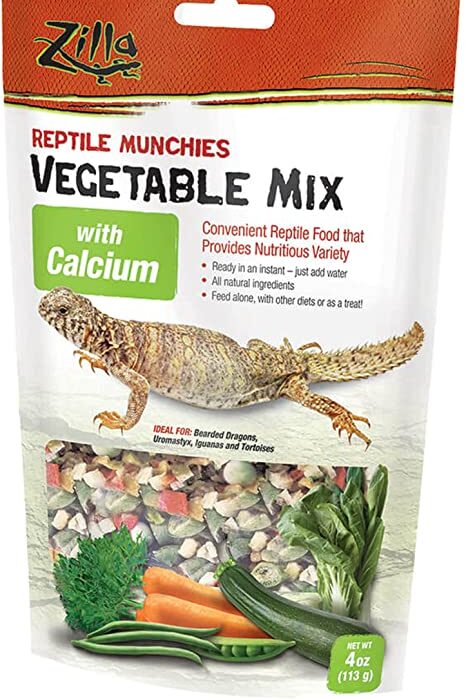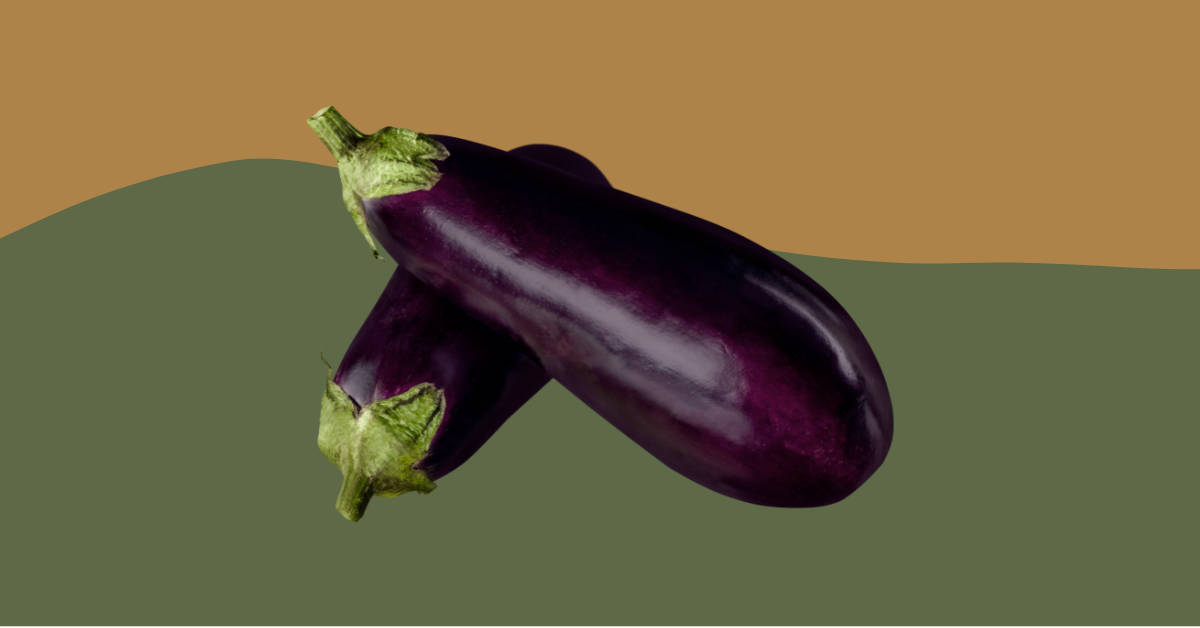Yes, bearded dragons can eat microgreens, but they should only be fed in moderation. A portion size of about 1-2 teaspoons of microgreens mixed with other vegetables is ideal.
Table of contents
Bearded dragons are popular reptiles kept as pets for their unique appearance and gentle demeanor. As omnivorous creatures, they require a balanced diet of insects, fruits, and vegetables. This article will provide the do’s and don’ts, teach you about bearded dragon care, offer a step-by-step preparation guide, and answer frequently asked questions about feeding microgreens to your bearded dragon.
Related Article: Bearded Dragon Care: Expert Tips and Insights
Do’s
- Do feed microgreens in moderation: As mentioned earlier, a portion size of about 1-2 teaspoons of microgreens mixed with other vegetables is ideal.
- Do mix microgreens with other vegetables: Offering a variety of vegetables ensures your bearded dragon receives the necessary nutrients for a balanced diet.
- Do wash microgreens thoroughly: Washing microgreens helps remove any dirt, pesticides, or potential contaminants that may be harmful to your bearded dragon.
Don’ts
- Don’t feed microgreens exclusively: Bearded dragons require a balanced diet, and feeding only microgreens can lead to nutritional deficiencies.
- Don’t offer microgreens with high oxalate content: Some microgreens, like spinach and beet greens, are high in oxalates which can interfere with calcium absorption, leading to metabolic bone disease.
Best Practices for Feeding Microgreens to Bearded Dragons
Following best practices when feeding your bearded dragon will ensure their safety and overall health. Here are some best practices to keep in mind:
- Choose the right microgreens: Opt for nutrient-dense microgreens like kale, collard greens, mustard greens, and arugula. These provide essential vitamins and minerals for your bearded dragon, such as calcium, vitamin A, and vitamin C.
- Ensure proper calcium to phosphorus ratio: The ideal calcium to phosphorus ratio for bearded dragons is 2:1. Make sure the microgreens you choose do not disrupt this balance. For example, avoid microgreens with high phosphorus content, such as Swiss chard, as they can negatively impact the calcium absorption.
- Introduce microgreens gradually: To avoid digestive issues, introduce microgreens to your bearded dragon’s diet slowly and monitor for any adverse reactions. Start by offering small amounts of microgreens mixed with their usual vegetables and gradually increase the portion size over time.
- Rotate the types of microgreens: Regularly rotating the types of microgreens you feed your bearded dragon can help prevent them from becoming picky eaters and ensure they receive a wide range of nutrients. Offer different microgreens each week to provide variety in their diet.
- Avoid using chemical fertilizers and pesticides: If you grow your own microgreens, avoid using chemical fertilizers and pesticides that can be harmful to your bearded dragon. Instead, opt for organic and natural alternatives to ensure the safety of your pet.
- Store microgreens properly: To maintain the freshness and nutritional value of microgreens, store them in the refrigerator in an airtight container or plastic bag with a paper towel to absorb excess moisture. This will help prolong their shelf life and keep them fresh for your bearded dragon.
- Supplement with calcium and vitamin D3: Even though microgreens provide essential nutrients, it’s important to dust your bearded dragon’s food with calcium and vitamin D3 supplements. This ensures they receive adequate amounts of these essential nutrients for their overall health and well-being.
- Monitor your bearded dragon’s weight and health: Regularly monitor your bearded dragon’s weight, appetite, and overall health. This will help you identify any potential issues early on and adjust their diet as needed to maintain optimal health. If you notice any sudden changes in your bearded dragon’s behavior, consult a veterinarian for advice.
Related Article: Bearded Dragon Feeding Guide: Nutrition Tips
Step-by-Step Guide to Preparing Microgreens for Your Bearded Dragon
Step 1
Purchase fresh, organic microgreens: Ensure the microgreens are free of pesticides and chemicals.
Step 2
Wash the microgreens thoroughly: Rinse them under cold water to remove any dirt or contaminants.
Step 3
Chop the microgreens: Cut them into small, manageable pieces for your bearded dragon.
Step 4
Mix with other vegetables: Combine the microgreens with other vegetables, ensuring a variety of nutrients.
Step 5
Serve to your bearded dragon: Place the vegetable mixture in a shallow dish for easy access.
Need Recommendations?
Here’s Our Top Amazon Picks
You may also like 📖
Frequently Asked Questions
Can I grow my own microgreens for my bearded dragon?
Yes, growing your own microgreens is a great way to provide fresh, pesticide-free greens for your pet. This also allows you to have better control over the growing conditions and ensure the microgreens are free of chemicals and harmful substances. Choose organic seeds and soil to maintain a healthy environment for the plants.
How often should I feed microgreens to my bearded dragon?
You can offer microgreens 1-2 times per week as part of a balanced diet. Be sure to mix them with other vegetables to provide a variety of nutrients. Remember that bearded dragons also require protein from insects, so it’s important to maintain a balanced diet that meets all their nutritional needs.
Can I feed my bearded dragon store-bought microgreens?
Yes, as long as they are washed thoroughly and mixed with other vegetables, store-bought microgreens can be a convenient option. However, make sure to choose organic microgreens whenever possible to minimize the risk of exposing your bearded dragon to pesticides or other harmful substances.
Are there any microgreens to avoid?
Avoid microgreens with high oxalate content, such as spinach and beet greens, as they can interfere with calcium absorption and lead to metabolic bone disease. Additionally, avoid microgreens from plants that are toxic to bearded dragons, such as rhubarb leaves and avocado.
Can baby bearded dragons eat microgreens?
Yes, baby bearded dragons can eat microgreens, but it’s important to ensure they are chopped into small pieces to prevent choking hazards. Offer microgreens in moderation, as baby bearded dragons require a higher protein intake from insects to support their rapid growth.
Do I need to remove uneaten microgreens from my bearded dragon’s enclosure?
Yes, it’s important to remove any uneaten microgreens from your bearded dragon’s enclosure to maintain cleanliness and prevent the growth of harmful bacteria. Check your bearded dragon’s food dish daily and remove any leftovers to keep their environment clean and healthy.
Do microgreens need to be supplemented with calcium powder for bearded dragons?
While microgreens provide essential nutrients, it’s important to dust them with calcium powder, preferably with added vitamin D3, to ensure your bearded dragon receives the required amounts of these essential nutrients. This is particularly important for preventing metabolic bone disease, which is a common health issue in captive bearded dragons.
Can microgreens replace the need for other vegetables in a bearded dragon’s diet?
No, microgreens should not replace other vegetables in your bearded dragon’s diet. They should be offered as a supplement to a varied diet that includes other leafy greens, vegetables, and fruits. Maintaining a diverse diet ensures your bearded dragon receives all the necessary nutrients for optimal health.
What is the best way to serve microgreens to my bearded dragon?
The best way to serve microgreens to your bearded dragon is by chopping them into small pieces and mixing them with other vegetables. Place the vegetable mixture in a shallow dish within your bearded dragon’s enclosure for easy access. This will encourage your bearded dragon to eat a variety of foods and obtain a range of nutrients.
Conclusion and final thoughts 💭
Feeding microgreens to your bearded dragon can be a healthy addition to their diet when offered in moderation and combined with a variety of other vegetables.
By following the best practices and guidelines provided in this article, you can ensure your bearded dragon receives the necessary nutrients for optimal health and well-being.
Looking for more? Here’s our roadmap:
General Bearded Dragon Pet Owners Guide
Bearded dragons are native to the arid regions of Australia and are known for their unique beard-like appearance. As pets, they have become increasingly popular due to their friendly and inquisitive nature, making them an ideal choice for reptile enthusiasts. Bearded dragons are diurnal, meaning they are active during the day, and their average lifespan ranges from 8 to 12 years, with proper care. When considering adopting a bearded dragon, it’s essential to be prepared for a long-term commitment and be well-informed about their care requirements.
One of the most crucial aspects of bearded dragon care is providing an appropriate enclosure. Adult bearded dragons thrive best in a 20 to 50-gallon tank, but a larger enclosure is always better. It’s important to always keep the tank clean. The tank should have a basking area with a temperature range of 95-110 degrees Fahrenheit, as well as a cooler area with a temperature between 75-85 degrees Fahrenheit. In addition, bearded dragons need access to UVB lighting to help them synthesize vitamin D3 and properly metabolize calcium, which is vital for their bone health.
A balanced diet is essential for a healthy bearded dragon. Their dietary requirements change throughout their life stages; juvenile bearded dragons need a higher protein intake, with insects making up around 80% of their diet and the remaining 20% consisting of vegetables and fruits. As they grow into adults, their diet should consist of approximately 20% insects and 80% vegetables and fruits. It’s important to offer a variety of food items to ensure they receive all the necessary nutrients, and to dust their food with calcium and multivitamin supplements as recommended by a reptile specialist or veterinarian.
Regular interaction and observation of your bearded dragon are vital for maintaining their well-being. Handling your pet gently and frequently can help build trust and strengthen your bond. Monitor your bearded dragon’s behavior, appetite, and overall health to detect any potential issues early on. If you notice any signs of illness, such as lethargy, loss of appetite, or irregular bowel movements, consult a reptile specialist or veterinarian for guidance. Proper care, feeding, and attention will ensure your bearded dragon remains a happy and healthy companion for years to come.







Leave a Reply